University of Western Ontario researchers developed the anti-cancer drug vinblastine
In 1959, University of Western Ontario researchers Dr. Charles Beer and Dr. Robert L. Noble developed the anti-cancer…
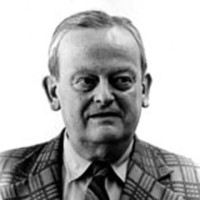
In 1959, University of Western Ontario researchers Dr. Charles Beer and Dr. Robert L. Noble developed the anti-cancer…
In 1957, Charles Heidelberger introduces 5-fluorouracil (5-FU), a new type of anticancer drug that resulted from rational design.
In 1957, Roy Hertz and Min Chiu Li achieve the first completed cure of a human solid tumor…
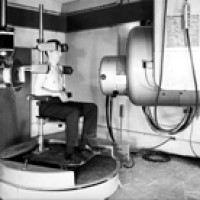
In 1956, Stanford Medicine became the first to use linear accelerator to treat cancer in Western hemisphere.
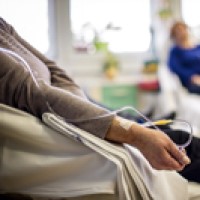
On Apr. 1, 1955, the National Cancer Institute’s Cancer Chemotherapy National Service Center was established in the institute…
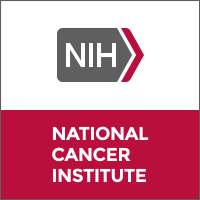
In 1955, The National Cancer Chemotherapy Program was initiated. It was administered and integrated by the Division of…
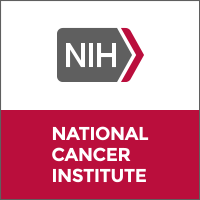
In 1955, the NCIメs Cooperative Group Program for clinical research was established in 1955 and has grown to…
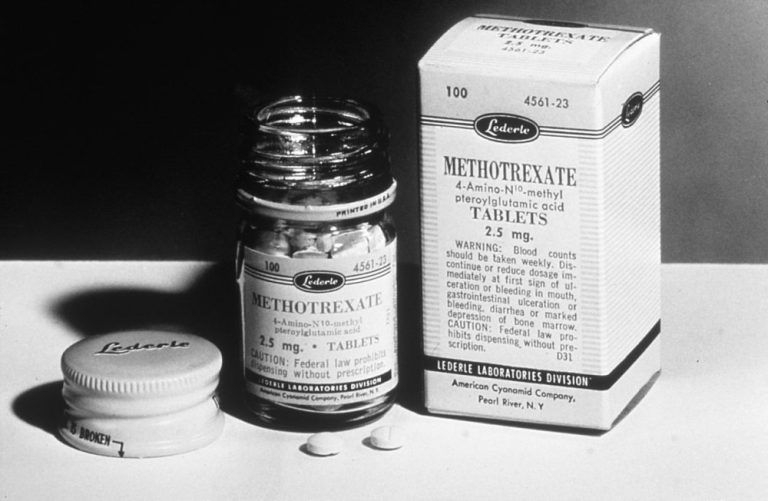
On Dec. 7, 1953, the U.S. Food and Drug Administration (FDA) approved Dava Pharmaceuticals’ methotrexate oral tablet, an…
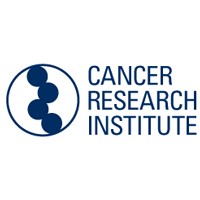
On Jan. 27, 1953, the Cancer Research Institute was founded by Helen Coley Nauts, and is the worldメs…
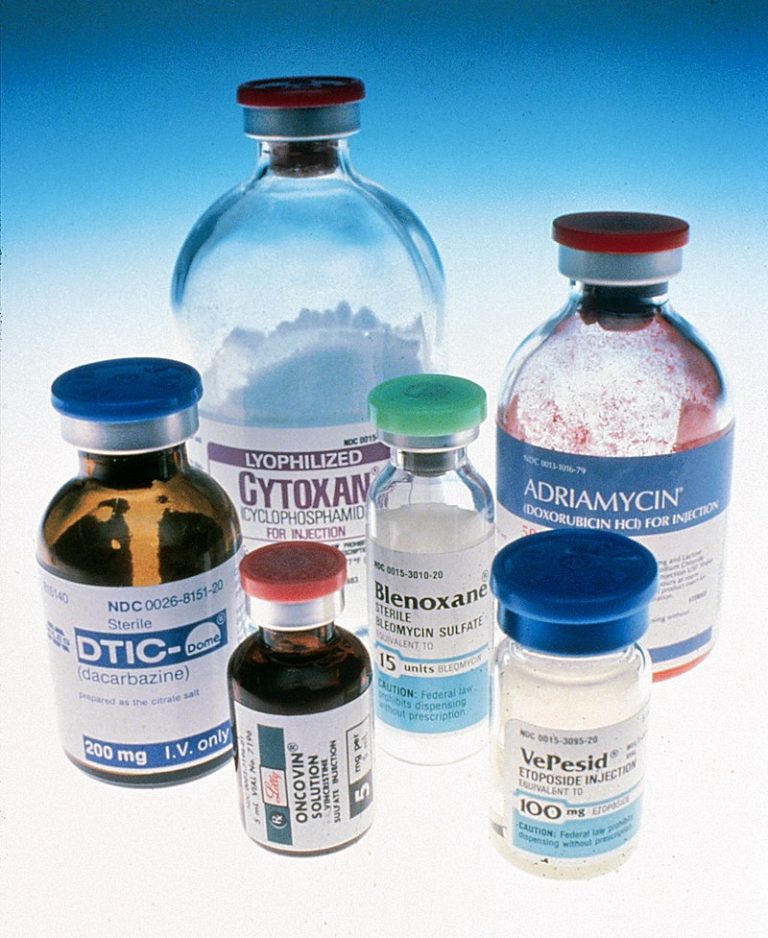
In 1953, Yale established the first pharmacology department in the U.S. to focus on cancer chemotherapy and cancer…

In 1952, Alfred Hershey and Martha Chase conducted a series of experiments at the Carnegie Institute of Washington…
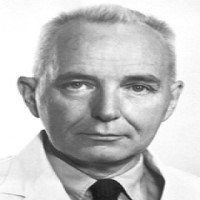
On Jun. 1, 1951, the Ben May Laboratory for Cancer Research at the University of Chicago opened its…
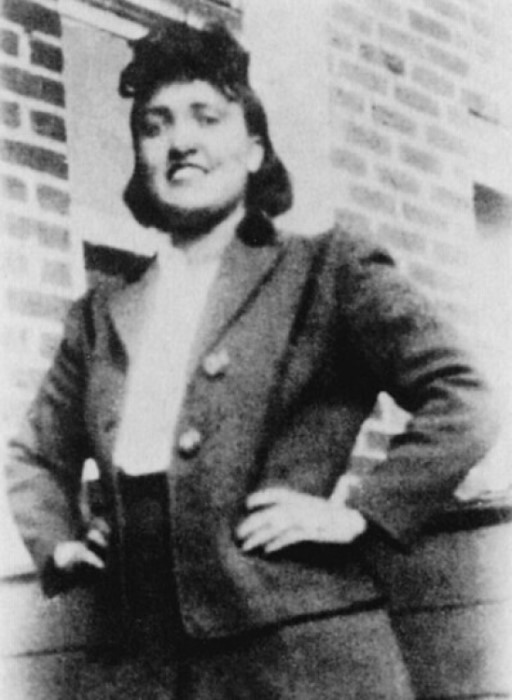
On Feb. 8, 1951, Henrietta Lacks, a tobacco farmer from Virginia died from cervical cancer, and a scientist…
In 1950, Ernst Wynder, Evarts Graham, and Sir Richard Doll confirmed the cigarette smoking-cancer link. In 1950, Wynder…
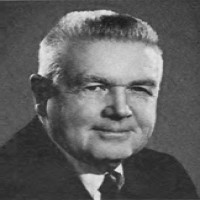
In 1950, the Delaney Committee started congressional investigation of the safety of chemicals in foods and cosmetics, laying…
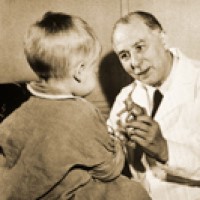
In 1950, Sidney Farber and colleagues achieved the first remissions in Wilms tumor of the kidney, a common…
In 1950, the Michigan Cancer Foundation and the American Cancer Society began sponsoring new cancer research and outreach…

In 1949, the U.S. Food and Drug Administration (FDA) approved nitrogen mustard to kill cancer cells. The major use…
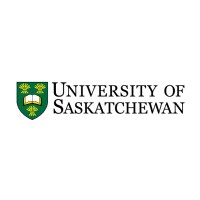
In 1949, Canadaメs first full-time cancer physicist, Dr. Harold Johns, led the world in development the cobalt bomb…
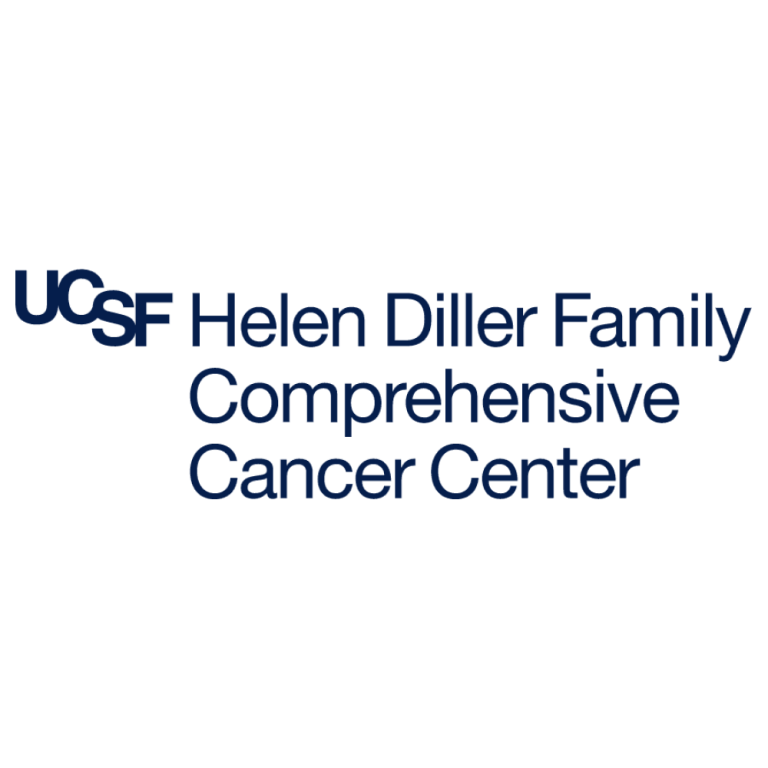
In 1947, The first attempt at coordinating cancer at University of California at San Francisco (UCSF) was a…
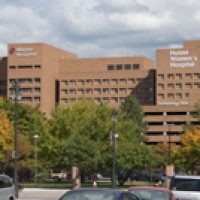
In 1948, the Detroit Cancer Center was established from the union of the Detroit Institute for Cancer Research…
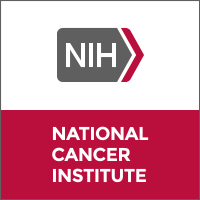
In 1948, the National Cancer Institute’s grants program to medical, dental, and osteopathic schools was initiated for improvement…
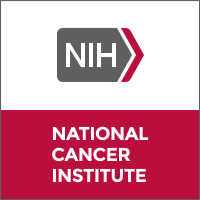
On Jul. 1, 1947, The National Cancer Institute was reorganized to provide an expanded program of intramural cancer…
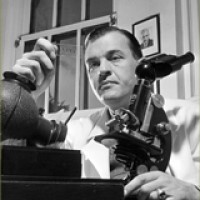
In 1947, the Laboratory of Experimental Oncology (LEO) was founded as a collaborative effort between the city of…
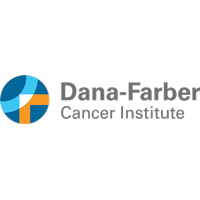
In 1947, Sidney Farber, MD, founded a Children’s Cancer Research Foundation dedicated to providing children with cancer with…

In 1947, the Southeastern Michigan Division of the American Cancer Society created the Michigan Cancer Foundation to comply…
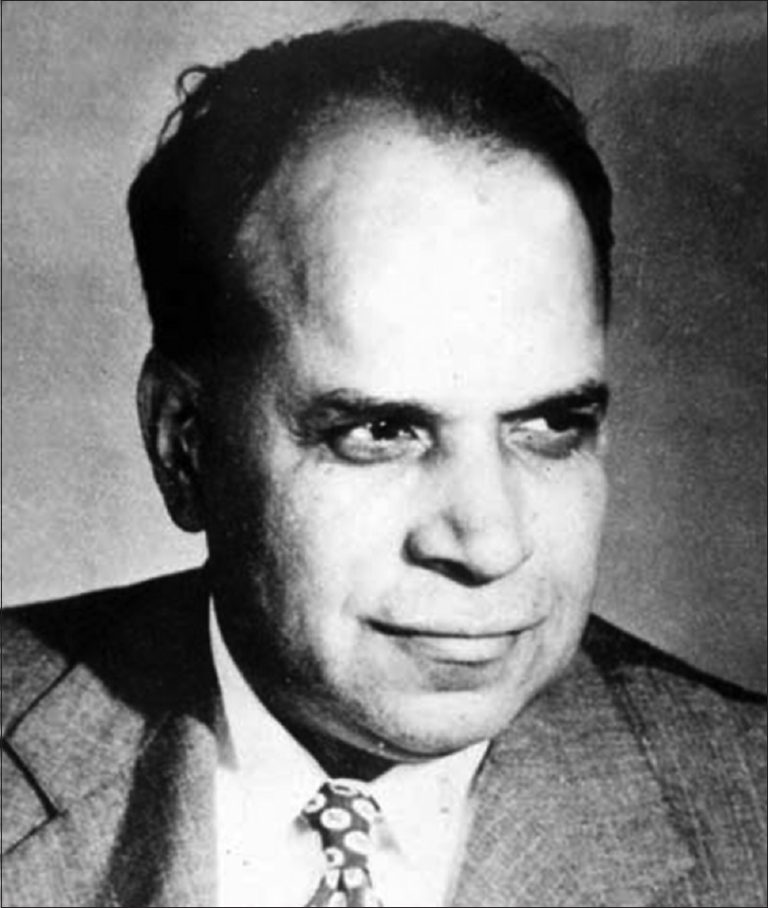
In 1947, biochemist Yellapragada SubbaRow co-discovered the first cancer chemotherapy agent for children suffering from acute leukemia. While…
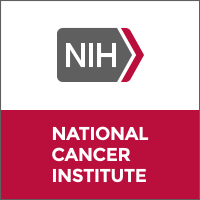
On Jul. 1, 1946, the National Cancer Institute cancer control program was established with appropriations to the states…
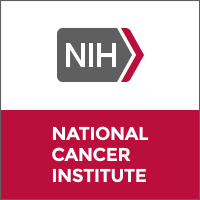
In 1946, Lloyd Law of NCI introduced the L1210 murine leukemia cell line tumor used in the cancer…
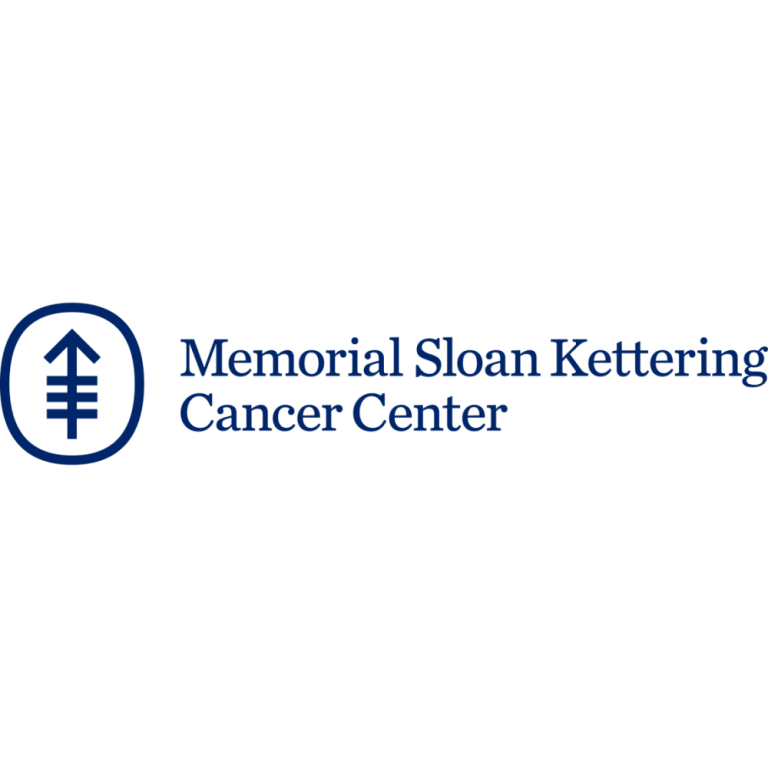
On Aug. 8, 1945, the Sloan-Kettering Institute for Cancer Research (SKI) was established. A gift of $4 million…